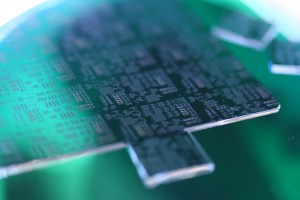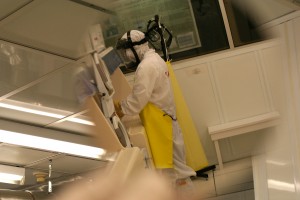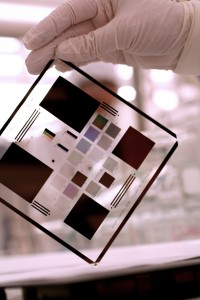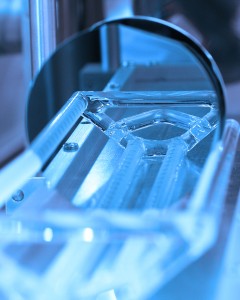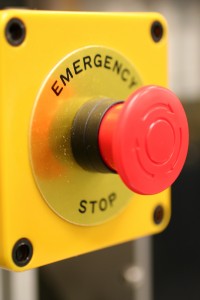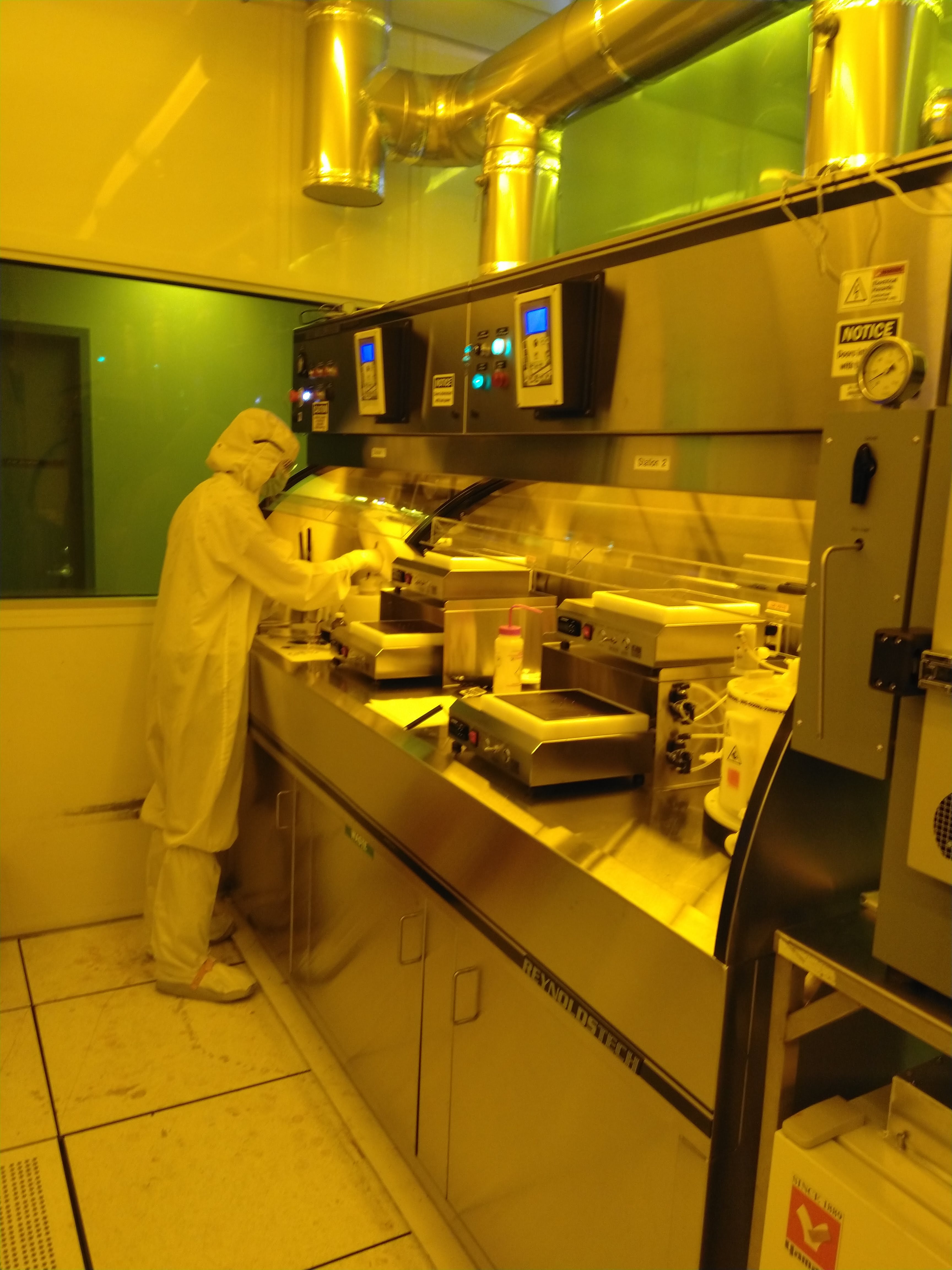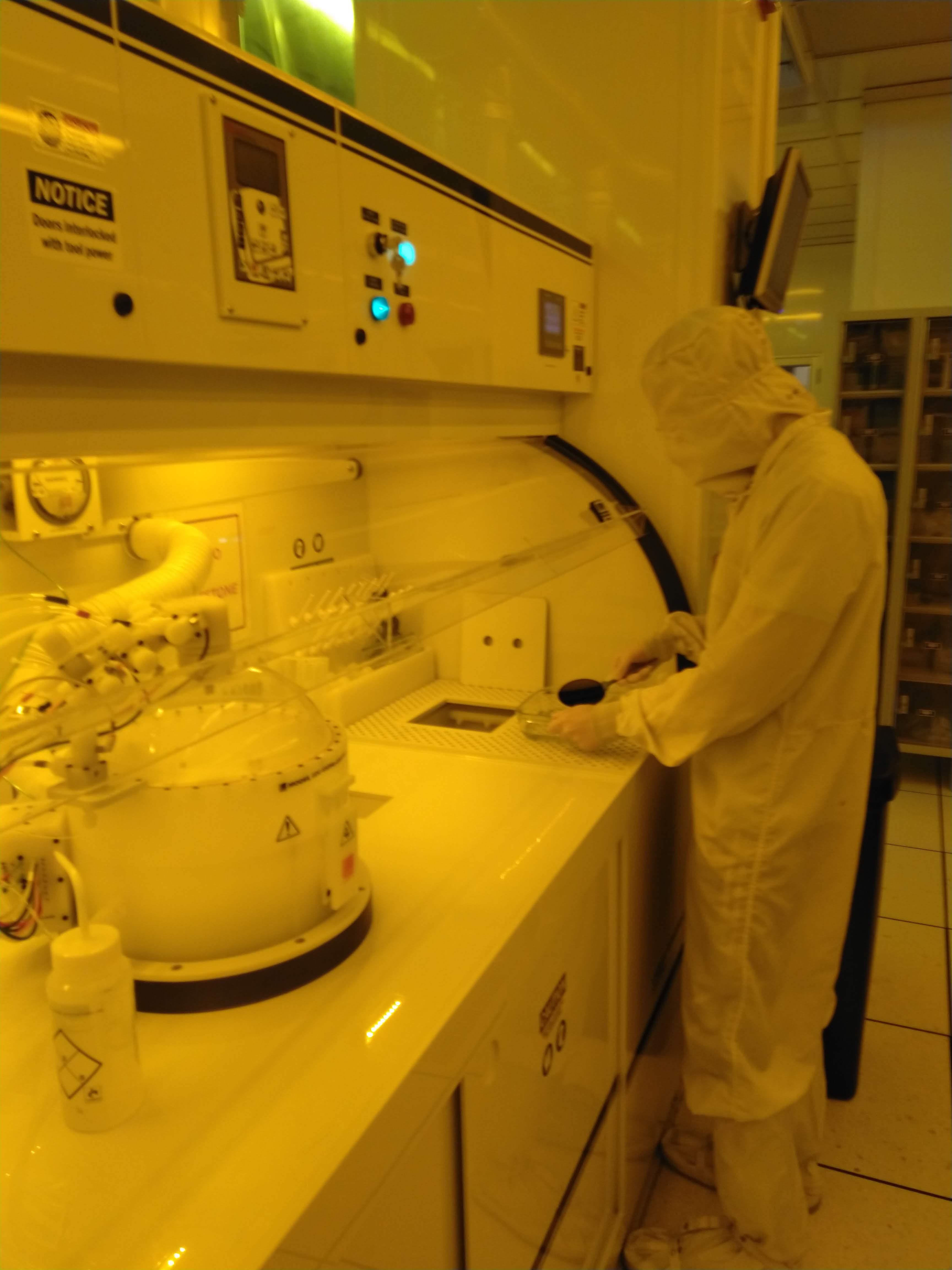The nanoFAB is pleased to announce a major upgrade to our nearly 20-year-old core lithography spin-coating and developing process equipment in the cleanroom. With the inclusion of automated photoresist and developer dispensing tools alongside manual processing options, this upgrade promises to improve the workflow, throughput, and repeatability of photolithography capabilities in the nanoFAB for many years to come.
The spin-bake and develop decks of the primary litho area, before and after the upgrade (drag to compare images)
Equipment highlights
With this upgrade, litho processing steps are now segregated into two decks—one for spin-coating/baking, and one for cleaning/developing—custom fabricated for our cleanroom by ReynoldsTech. Full configuration details and drawings can be found here.
Spin/Bake Deck
Divided into Spin-Bake Station #1 (Left) and Spin-Bake Station #2 (Right).
- Stainless steel construction
- Two Laurell WS-650 spin-coaters with tablet controllers and deck-mounted controllers
- Manual resist dispense
- Automated resist dispense (currently plumbed with AZ 1512 and AZ 1529)
- Automated top- and backside edge-bead removal / rinse (EBR PG)
- Four Electronic Micro Systems 1000-3 programmable hot plates (2 per spinner station)
- Custom configuration with both timed and manual lift-pin control, with or without vacuum hold
- Enables processing with two separate temperatures per process station (e.g., for lift-off bilayer processes, different soft-bake and post-exposure bake temperatures, etc.), without delays associated with long heating/cooling times to cycle between temperatures
- One N₂ gun and one vacuum wand per spinner station
- Cup sinks that drain to onboard carboy for disposal of solvent waste
All approved photoresists may still be spun on using manual dispensing, as has historically been the case in our primary litho area spinners; however, users now also have the option of coating wafers with our most common positive-tone photoresists, AZ 1512 and AZ 1529, using an automated dispense recipe.
AZ 1512 automated spin-coat recipe (abridged)
Clean/Develop Deck
Divided into two manual developing stations, Developer Station #1 (Left) and Developer Station #2 (Right), with a central automated developing tool.
- Plastic (FM 4910 CPVC) construction
- Two manual developing areas (left and right), with storage for developer bottles in a cabinet under the central deck area
- Central Laurell EDC-650-23NPPB automated spin processor
- Plumbed with AZ 400K 1:4, AZ Developer 1:1, and MF-319
- Chucks to accommodate 100 mm and 150 mm round wafers, 100 mm × 100 mm square wafers, and small chips/pieces
- Two N₂ guns (one per manual developing station)
- Two DI water guns (one per manual developing station)
- Two dump rinsers (one per manual developing station), draining to lab waste
- Cup sink draining to onboard carboy for disposal of solvent waste
Basic training on the new spin-bake and developer decks is now available to all nanoFAB users: please submit a training request on LMACS to get access to these tools. For more information on the capabilities of these decks, please contact Gustavo de Oliveira Luiz (deolivei@ualberta.ca) or Aaron Hryciw (ahryciw@ualberta.ca).

